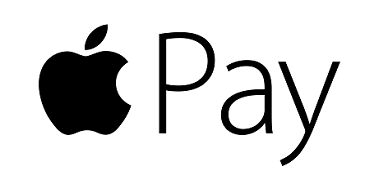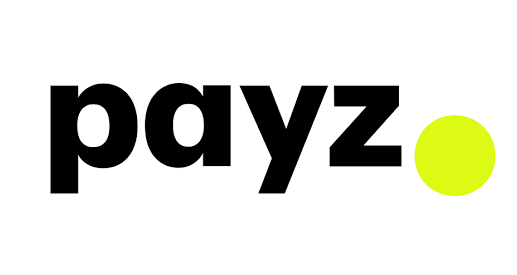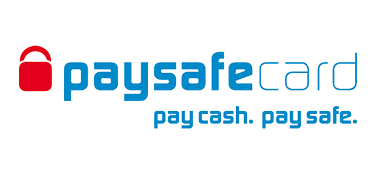-
 9012 Games
9012 Games -
 8237 Games
8237 Games -
 6000 GamesVoodoo Casino$4,500 Bonus & 500 Free Spins
6000 GamesVoodoo Casino$4,500 Bonus & 500 Free SpinsMust be 19+ to participate. T&Cs apply. Play Responsibly.
-
 6000 Games
6000 Games -
 4025 Games
4025 Games -
 6305 GamesJackpot City$4000 Bonus + 210 Free Spins
6305 GamesJackpot City$4000 Bonus + 210 Free Spins19+ Play responsibly. This offer is not available for playing within Ontario.
-
 8400 Games
8400 Games -
 2497 Games
2497 Games -
 8785 Games
8785 Games -
 7000 Games
7000 Games -
 5531 Games
5531 Games -
 6428 GamesBingo Bonga20% Cashback
6428 GamesBingo Bonga20% Cashback19+ Play responsibly. This offer is not available for playing within Ontario.
-
 5907 GamesBetunlim30 Free Spins & $4,500 Bonus + 350 Spins
5907 GamesBetunlim30 Free Spins & $4,500 Bonus + 350 SpinsMust be 19+ to participate. T&Cs apply. Play Responsibly.
-
 4500 Games
4500 Games -
 5012 Games
5012 Games -
 6423 Games
6423 Games -
 7002 Games7Bit Casino$7000 or 5BTC + 250 Free Spins
7002 Games7Bit Casino$7000 or 5BTC + 250 Free SpinsMust be 19+ to participate. T&Cs apply. Play Responsibly.
-
 5498 Games
5498 Games -
 4516 GamesTouch Casino$1500 Bonus +100 Free Spins + 25% cashback
4516 GamesTouch Casino$1500 Bonus +100 Free Spins + 25% cashbackMust be 19+ to participate. T&Cs apply. Play Responsibly.
-
 5689 Games
5689 Games



































